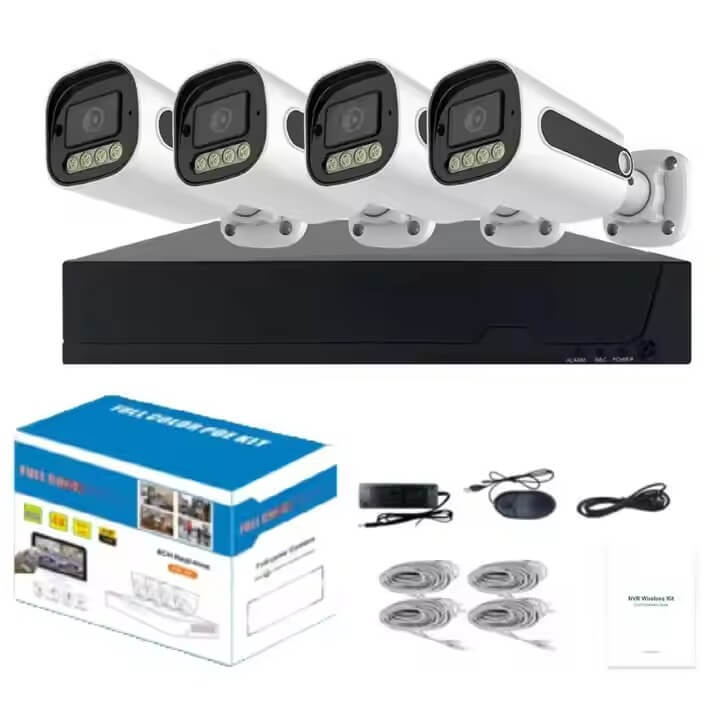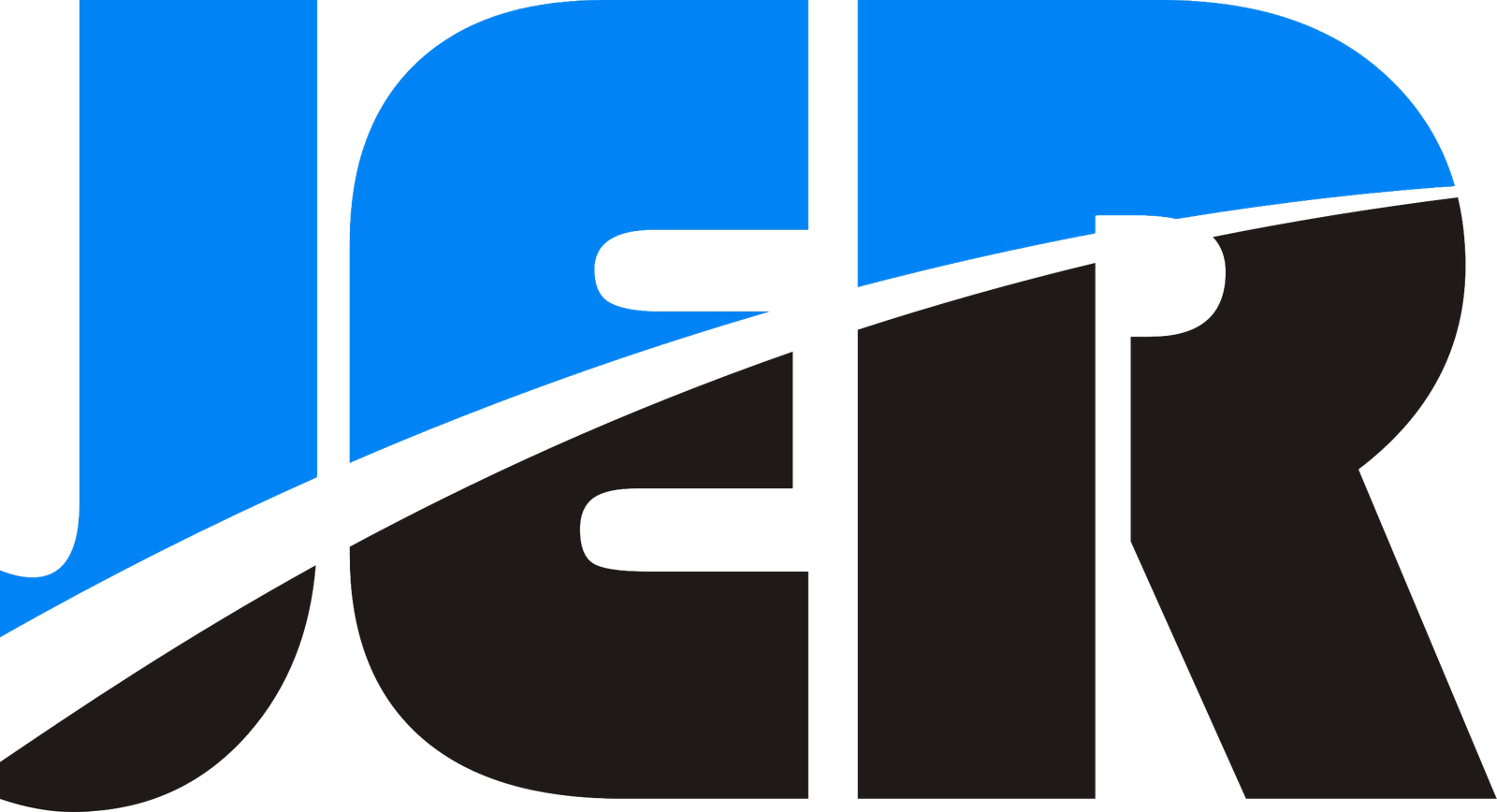Modern businesses face a critical decision when building their security infrastructure: should they invest in ONVIF-compatible IP cameras or stick with proprietary systems? With over 23,000 ONVIF-conformant products available globally, this standardization has revolutionized how security systems communicate across different brands and manufacturers. ONVIF (Open Network Video Interface Forum) compatibility allows IP cameras from different manufacturers to work seamlessly together, eliminating brand lock-in and providing significant cost savings through flexible system integration. This standardization enables businesses to mix cameras, recorders, and management software from various brands while maintaining full functionality and future-proofing their security investments. Understanding ONVIF compatibility becomes essential as security technology evolves rapidly, especially with the integration of AI analytics and cloud-based management systems becoming standard requirements for modern surveillance networks. My experience implementing systèmes de sécurité across various industries has shown that ONVIF compatibility consistently delivers better long-term value through reduced costs, increased flexibility, and simplified maintenance compared to proprietary alternatives.
What Makes ONVIF the Universal Language of Modern Security Systems?
I’ve witnessed countless security system installations where ONVIF compatibility transforms IP camera networks from fragmented puzzles into cohesive ecosystems. The protocol acts as the diplomatic translator between devices that previously couldn’t communicate, establishing a common language that transcends manufacturer boundaries.
In IP systèmes de caméras, ONVIF compatibility eliminates the traditional headaches of mixed-brand installations. Your network can seamlessly integrate a Bosch PTZ camera with a Dahua NVR et Samsung analytics software without requiring proprietary bridges or custom programming. This interoperability stems from ONVIF’s standardized XML messaging system that handles device authentication, capability negotiation, and command execution automatically.
The technical architecture separates control functions from video streaming, allowing ONVIF to manage device discovery and configuration while RTSP handles the actual video data transmission. This division ensures that adding a new camera to your network requires minimal configuration—devices announce their presence and capabilities through automatic discovery protocols.
| Profil ONVIF | Fonction principale | IP Camera Application |
|---|---|---|
| Profil S | Basic Streaming | Standard video transmission |
| Profil T | Analyse avancée | Motion detection, tampering alerts |
| Profil G | Recording Management | Storage control, playback functions |
Modern IP camera deployments benefit from this standardization through reduced installation complexity and expanded vendor choices. Security professionals at Jer-Tech frequently recommend ONVIF-compliant systems for their flexibility and future-proofing capabilities, ensuring your investment adapts to evolving security requirements without forcing complete system replacements.

How Much Money Can ONVIF Compatibility Actually Save Your Business?
Having established how ONVIF creates universal communication between security devices, let’s examine the financial impact this standardization delivers to your bottom line. I’ve analyzed countless security budgets, and the numbers consistently prove that ONVIF compatibility represents one of the smartest investments in modern surveillance infrastructure.
The vendor lock-in trap costs businesses dearly—proprietary systems force you to purchase every component from a single manufacturer, often at premium prices with limited negotiating power. ONVIF breaks these chains by allowing you to cherry-pick the best value components from multiple vendors, typically reducing expansion costs by 30-50%. Your organization can pair budget-friendly cameras with high-end analytics software without compatibility concerns.
Maintenance expenses plummet because technicians work with standardized protocols rather than learning proprietary systems for each manufacturer. Training costs decrease significantly, and troubleshooting becomes more efficient across your entire infrastructure. The Jer-Tech team frequently helps clients calculate these hidden savings during system planning.
| Catégorie de coût | Proprietary System | ONVIF System | Savings |
|---|---|---|---|
| Initial Installation | $50,000 | $50,000 | 0% |
| First Expansion | $25,000 | $15,000 | 40% |
| Entretien annuel | $8,000 | $5,000 | 37.5% |
Gradual migration strategies become financially viable with ONVIF, spreading upgrade costs over time while maintaining operational security. This incremental approach prevents the budget shock of système complet overhauls while ensuring continuous protection throughout transitions.

Which ONVIF Profile Should You Choose for Maximum Future-Proofing?
After helping clients calculate substantial cost savings through ONVIF compatibility, the next critical decision involves selecting the right profile combination to protect your investment long-term. I’ve seen too many businesses choose basic profiles only to face expensive upgrades later as their besoins en matière de sécurité evolve.
Profile S offers fundamental streaming and PTZ control, sufficient for basic surveillance but limiting future expansion. Most organizations quickly outgrow these capabilities as they recognize the value of advanced analytics and intelligent monitoring. Profile T provides the foundation for AI-powered features like facial recognition, object detection, and behavioral analysis—capabilities that transform passive surveillance into proactive security l'intelligence.
Profile M handles metadata processing and analytics support, enabling sophisticated pattern recognition and the generation of alerts. The combination of Profile T and M creates a robust platform that adapts to emerging technologies without hardware replacement. Profile G adds recording management capabilities essential for enterprise environments requiring centralized storage control.
| Use Case | Minimum Profile | Recommended Profile | Future Capability |
|---|---|---|---|
| Basic Surveillance | Profil S | Profil T | Analytics Ready |
| Analyse de l'IA | Profil T | Profile T+M | Advanced Intelligence |
| Enterprise Systems | Profile T+G | Profile T+G+M | Full Feature Set |
Smart planning involves investing in Profile T and M support even if you don’t immediately need advanced features. The security professionals at Jer-Tech regularly advise clients to choose cameras with comprehensive profile support, ensuring compatibility with future innovations while maximizing current investment value.

What Common Integration Challenges Should You Expect and How Do You Solve Them?
Having selected the appropriate ONVIF profiles for future-proofing your investment, the reality of implementation often reveals compatibility challenges that can frustrate even experienced installers. I’ve troubleshot countless integration issues that seem puzzling at first—devices that claim ONVIF compliance yet refuse to cooperate fully with your existing systems.
The most common culprit involves manufacturers implementing ONVIF specifications with their own interpretations, creating subtle incompatibilities that affect specific functions. Your camera might stream video perfectly but fail to respond to PTZ commands, or your analytics software may not be able to access metadata despite claims of profile compatibility. These partial implementations maintain basic connectivity while sabotaging advanced features.
Network infrastructure challenges compound integration difficulties because ONVIF devices require proper communication pathways across your existing network architecture. Inadequate VLAN configurations, restrictive firewall rules, or insufficient bandwidth allocation can cause connection failures and streaming interruptions even with fully compatible devices.
| Challenge Type | Symptoms | Solution |
|---|---|---|
| Profile Mismatch | Missing features, reduced functionality | Verify actual capabilities vs. claims |
| Network Issues | Connection drops, poor video quality | Configure VLANs, firewall rules properly |
| Partial Compliance | Some functions work, others fail | Test with ONVIF Device Manager |
Preventing these headaches requires thorough pre-installation testing using tools like ONVIF Device Manager to verify actual device capabilities rather than trusting marketing claims. The experts at Jer-Tech recommend checking official conformance in the ONVIF database and conducting compatibility tests before finalizing purchases, saving significant troubleshooting time later.
How Does ONVIF Position Your Security System for AI and Cloud Integration?
After overcoming integration challenges through proper testing and planning, your ONVIF-compatible system becomes the gateway to next-generation security technologies that seemed like science fiction just a few years ago. I’ve helped clients transform traditional surveillance networks into intelligent ecosystems that leverage AI analytics and cloud computing power without abandoning their existing infrastructure investments.
Modern AI applications require standardized communication protocols to access video streams, analyze footage, and share results across system components. ONVIF provides this foundation by enabling AI software to connect seamlessly with cameras from different manufacturers, accessing metadata and video feeds through consistent interfaces. Your système de sécurité evolves from passive recording to active threat detection without hardware replacement.
Cloud-based video management systems increasingly depend on ONVIF standards to bridge on-premises cameras with remote processing capabilities. This hybrid approach allows businesses to leverage cloud computing power for intensive AI analysis while maintaining local camera control and minimizing bandwidth requirements—you get enterprise-level intelligence without enterprise-level infrastructure costs.
| Technology Integration | ONVIF Benefit | Impact sur les entreprises |
|---|---|---|
| Analyse de l'IA | Standardized metadata exchange | Enhanced threat detection |
| Cloud Management | Universal device communication | Scalable remote control |
| Informatique de pointe | Distributed processing support | Reduced bandwidth, faster response |
| Intégration de l'IdO | Open protocol standards | Comprehensive security ecosystems |
Edge computing and IoT integration represent the next frontier, and ONVIF compatibility ensures your cameras participate in these distributed intelligence networks. The security professionals at Jer-Tech regularly help clients position their systems for these emerging technologies, transforming static surveillance into dynamic, adaptive security platforms.

Conclusions
ONVIF compatibility represents a smart investment strategy that delivers immediate cost savings while future-proofing your sécurité infrastructure. The standardization eliminates vendor lock-in, reduces integration complexity, and creates a flexible foundation that adapts to emerging technologies like AI analytics and cloud management.


